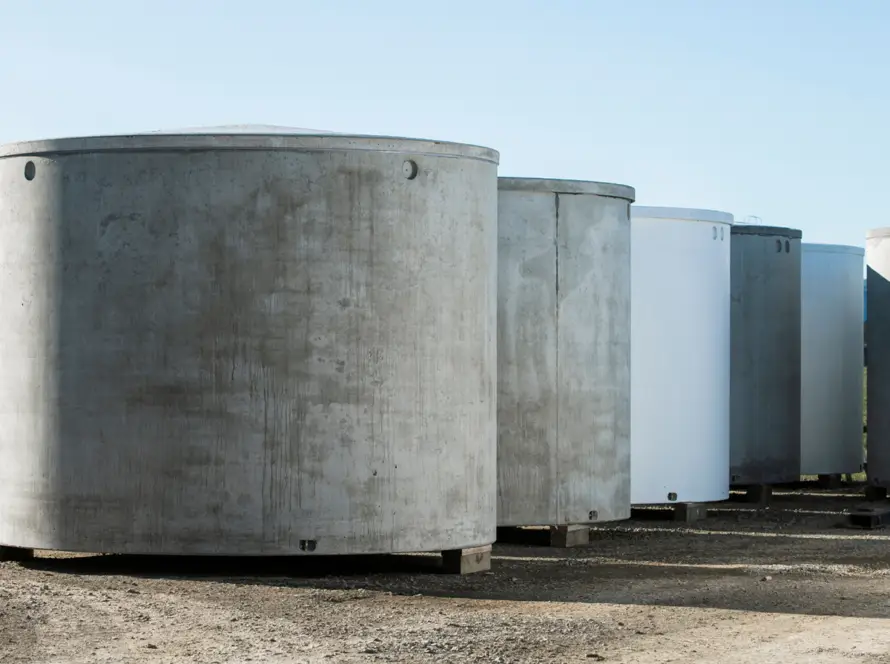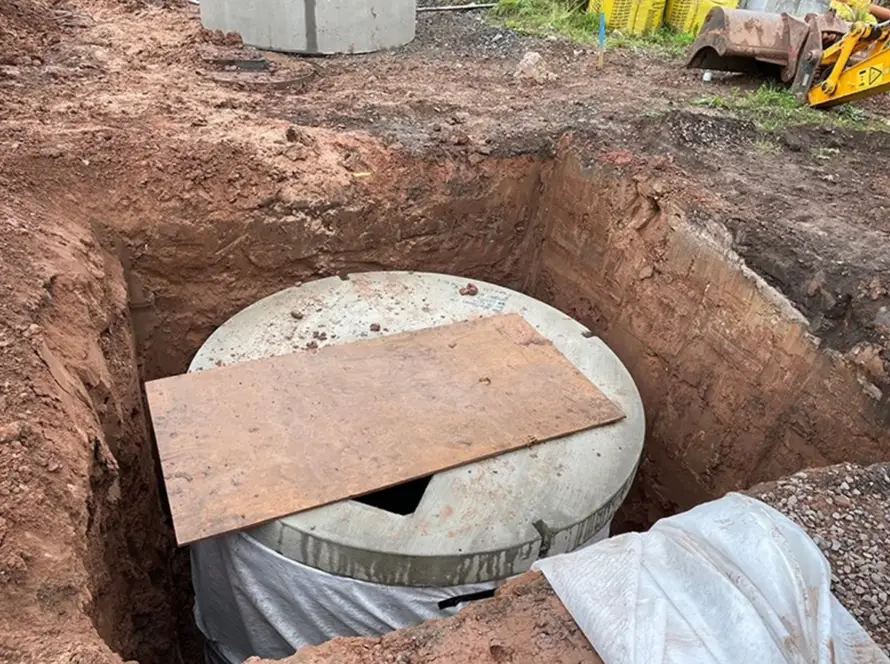Introduction
In today’s construction world, speed, strength, and sustainability are more important than ever. One building material that checks all these boxes is precast concrete. Known for its versatility and durability, precast concrete has become the backbone of residential, commercial, and infrastructure projects across the globe.
Unlike traditional cast-in-place methods, precast concrete elements are manufactured in a controlled environment and transported to the site for installation. This approach ensures quality, consistency, and efficiency, making precast one of the fastest-growing construction solutions worldwide.
What is Precast Concrete?
Precast concrete refers to concrete components produced in factories using reusable molds. Once cured, these elements are transported and assembled on-site. This method contrasts with in-situ concrete, which is poured and cured directly on-site, often subject to weather and labor constraints.
Common precast elements include:
- Beams, slabs, and columns
- Wall panels and cladding
- Drainage pipes and soakaways
- Water tanks and septic systems
- Boundary walls and fencing solutions
Advantages of Precast Concrete
1. Superior Quality Control
Precast is manufactured in factory settings where temperature, curing, and mix ratios are carefully monitored, resulting in consistent, high-quality products.
2. Faster Construction
Since elements arrive ready for assembly, project timelines are shortened significantly. A structure that would take months to build on-site can be completed in weeks with precast.
3. Strength and Durability
Precast concrete is known for its resistance to fire, corrosion, and extreme weather conditions, ensuring a long service life.
4. Cost Efficiency
Though initial production costs may be higher, savings are realized through reduced labor, less waste, and faster project completion.
5. Sustainability
Precast reduces on-site waste and can include recycled aggregates, making it an eco-friendly alternative to traditional methods.
Applications of Precast Concrete
Precast concrete’s versatility makes it suitable for a wide range of projects:
- Residential Construction – Precast slabs, staircases, and boundary walls ensure faster and more durable housing solutions.
- Commercial Buildings – Office complexes and shopping centers benefit from precast panels and beams.
- Infrastructure Projects – Bridges, flyovers, tunnels, and drainage systems rely heavily on precast due to their strength and uniformity.
- Water Management – Precast soakaways, culverts, and tanks play a vital role in stormwater management.
- Urban Furniture – Benches, bollards, and planters designed with precast enhance city aesthetics.
Precast Concrete vs Traditional Concrete
Traditional cast-in-place concrete:
- Poured directly on-site.
- Highly dependent on weather and labor quality.
- Slower curing and inconsistent results.
Precast concrete:
- Produced in controlled conditions.
- Delivered ready for installation.
- Faster, stronger, and more uniform.
The difference lies in efficiency and reliability — precast consistently outperforms in terms of quality and project timelines.
Innovations in Precast Concrete
The industry is continuously evolving with modern technology:
- High-Performance Concrete Mixes: Adding fibers, admixtures, and recycled aggregates.
- 3D-Printed Molds: Allowing complex shapes and architectural finishes.
- Green Precast: Incorporating sustainable cement alternatives and energy-efficient curing.
- Smart Precast Systems: Integrating reinforcement that supports smart sensors for structural health monitoring.
These innovations make precast not just strong but also adaptable to future construction needs.
Challenges of Precast Concrete
While precast offers many benefits, it does face some challenges:
- Transportation Costs: Large panels or beams require special equipment.
- Upfront Investment: Setting up factories and molds can be costly.
- Design Limitations: Extremely customized structures may increase costs.
However, these challenges are outweighed by long-term benefits like durability and cost savings.
Why Precast Concrete is the Future
As construction demands increase, precast concrete offers the ideal solution for modern cities:
- Faster project delivery.
- Reduced labor dependency.
- Long-term sustainability.
- Compatibility with smart city infrastructure.
From residential housing to mega infrastructure projects, precast concrete is shaping the future of how we build.
Conclusion
Precast concrete is more than just a material — it is a revolution in construction. By combining strength, speed, and sustainability, it provides unmatched value for contractors, architects, and developers.
Whether used in homes, commercial complexes, highways, or water systems, precast ensures efficiency and durability that traditional methods cannot match. As technology continues to evolve, precast concrete will remain at the core of building smarter, stronger, and greener cities.
Simply put, precast concrete is the backbone of modern construction — and its importance will only continue to grow.



